- THE SAVANNA OR SUDAN CLIMATE
- NATURAL VEGETATION OF SAVANNA CLIMATE
- ANIMAL LIFE OF SAVANNA
- CROPS IN SAVANNA
UNIT 4 – CLIMATOLOGY – PART 33
The Savanna or Sudan climate
- This type of climate has alternate wet and dry seasons similar to monsoon climate but has considerably less annual rainfall.
- Also, there is no distinct rainy season like in monsoon climate.
[Only two seasons – winter and summer. Rains occur in summer].
- Floods and droughts are common.
- Vegetation, wildlife and human life are quite different from monsoon climate regions.
Distribution of Savanna Climate
- It is confined within the tropics and is best developed in Sudan, hence its name the Sudan Climate.
- It is a transitional type of climate found between the equatorial rainforests and hot deserts.
AFRICAN SAVANNA
- The belt includes West African Sudan, and then curves southwards into East Africa and southern Africa north of the Tropic of Capricorn.
SOUTH AMERICAN SAVANNA
- There are two distinct regions namely the llanos of the Orinoco basin [north of equator] and the compos of the Brazilian Highlands [South of equator].
AUSTRALIAN SAVANNA
The Australian savanna is located south of the monsoon strip (northern Australia) running from west to east north of the Tropic of Capricorn\
INDIAN SAVANNA
- Certain parts across Northern Karnataka, Southern Maharashtra and Telangana exhibit characteristics of both semi-arid and savanna climate.
- Due to irrigation and cultivation, this region is different from other savanna regions.
RAINFALL
- Mean annual rainfall ranges from 80 – 160 cm [Rainfall decreases with distance from equator].
- In the northern hemisphere, the rainy season begins in May and lasts till September.
- In the southern hemisphere, the rainy season is from October to March.
TEMPERATURE
- Mean annual temperature is greater than 18° C.
- The monthly temperature hovers between 20° C and 32° C for lowland stations.
- Highest temperatures do not coincide with the period of the highest sun (e.g. June in the northern hemisphere) but occur just before the onset of the rainy season, i.e. April in Northern Hemisphere and October in Southern Hemisphere.
- Days are hot and nights are cold. This extreme diurnal range of temperature is another characteristic feature of the Sudan type of climate.
WINDS
- The prevailing winds of the region are the Trade Winds, which bring rain to the coastal districts.
- They are strongest in the summer [favorable position of ITCZ] but are relatively dry by the time they reach the continental interiors or the western coasts [Trade winds are easterlies – flow from east to west. So rainfall decreases from east to west here].
- In West Africa, the North-East Trades, in fact, blow off-shore [continent to sea] from the Sahara Desert and reach the Guinea coast as a dry, dust-laden winds.
Natural Vegetation of Savanna Climate
- The savanna landscape is typified by tall grass and short trees.
- The grasslands are also called as ‘bush-veld’.
- The trees are deciduous, shedding their leaves in the cool, dry season to prevent excessive loss of water through transpiration, e.g., acacias.
- Trees usually have broad trunks, with water-storing devices to survive through the prolonged drought.
- Many trees are umbrella shaped, exposing only a narrow edge to the strong winds.
- In true savanna lands, the grass is tall and coarse, growing 6 to 12 feet high. The elephant grass may attain a height of even 15 feet.
- Grasses appear greenish and well-nourished in the rainy season but turns yellow and dies down in the dry season that follows.
- As the rainfall diminishes towards the deserts the savanna merges into thorny scrub.
ANIMAL LIFE OF SAVANNA
- The savanna is known as the ‘big game country’ as thousands of animals are trapped or killed each year by people from all over the world.
- There are two main groups of animals in the savanna, the grass-eating herbivorous animals and the fleshing-eating carnivorous animals.
- The herbivorous include the zebra, antelope, giraffe, deer, gazelle, elephant etc. [most of the National geographic and Animal Planet documentaries on wild animals are shot in savanna regions] and carnivorous animals include the lion, tiger, leopard, hyena, panther, jaguar, jackal etc..
- Species of reptiles and mammals including crocodiles, alligators, giant lizards live together with the larger rhinoceros and hippopotamus in rivers and marshy lakes.
Life and Economy in the Savanna
- Many tribes live in savanna region. Tribes like the Masai tribes of the East African plateau are pastoralists whereas Hausa of northern Nigeria are settled cultivators.
- The old grazing grounds of Masai tribes in the Kenyan Highlands were taken over by the immigrant white settlers for plantation agriculture (coffee, tea, cotton) and dairy farming.
- The cattle kept by the Masai are kept entirely for the supply of milk. They don’t slaughter cattle for meat. Agriculture is barely practiced.
- The Hausa are a tribe of settled cultivators who inhabit the savanna lands of Nigeria. They are more advanced in their civilization.
- They do not practice shifting cultivation. Instead, they clear a piece of land and use it for several years.
CROPS IN SAVANNA
- Settlements in central Africa, northern Australia and eastern Brazil have shown that the savannas have immense agricultural potential for plantation agriculture of cotton, cane sugar, coffee, oil palm, groundnuts and even tropical fruits.
- Tropical Queensland, despite its scarcity of labour force has been very successful in developing its huge empty land.
- Kenya, Uganda, Tanzania and Malawi have already taken to large-scale production of cotton.
- In West Africa, the commercial cultivation of groundnuts, oil palm and cocoa have been gradually extended into the savanna lands.
- In the cooler highlands, temperate crops have been successfully raised.
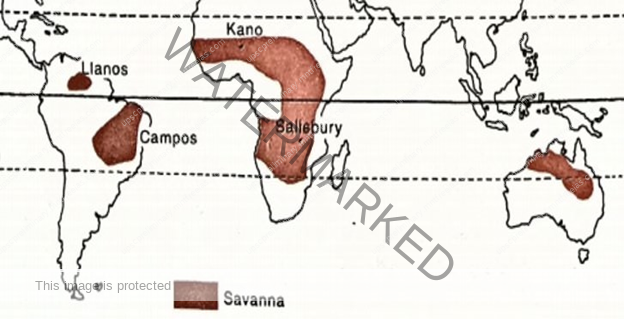
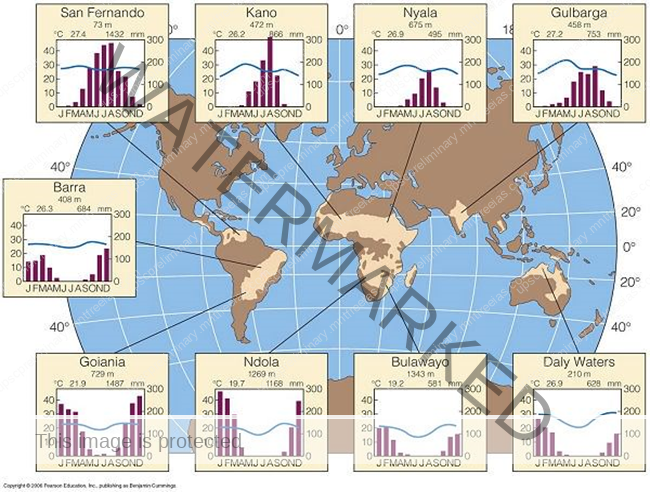
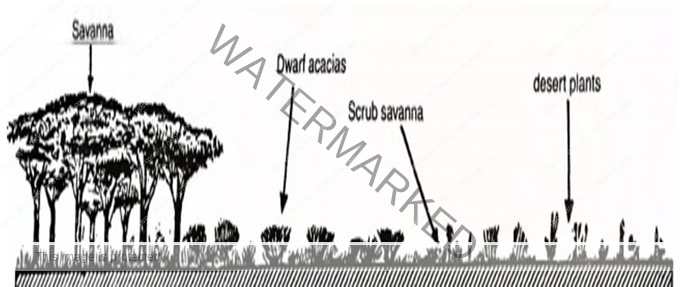
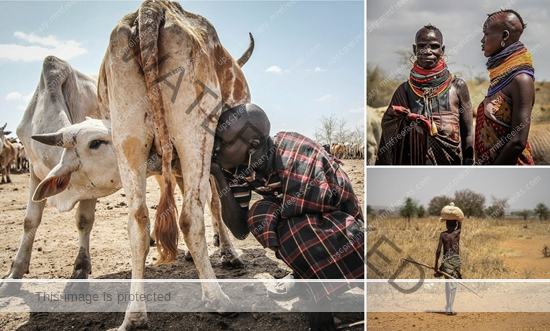
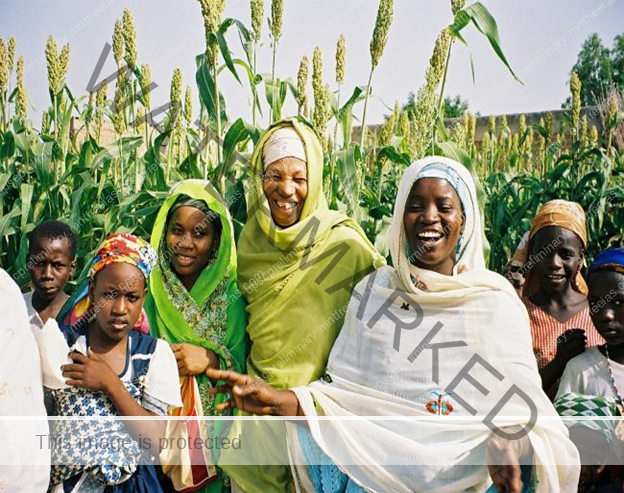
[pvc_stats postid="" increase="0" show_views_today="1"]
